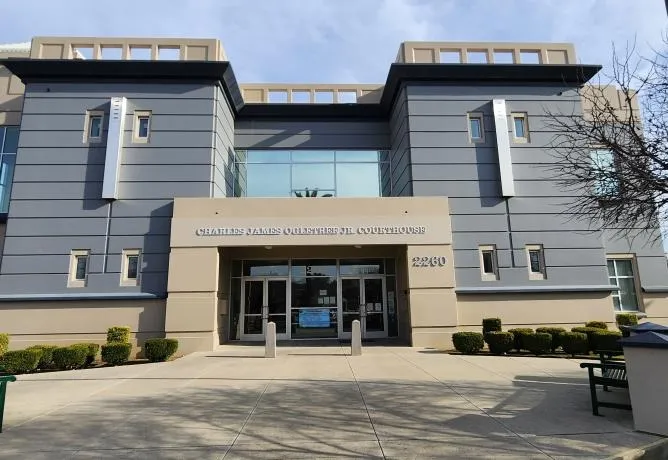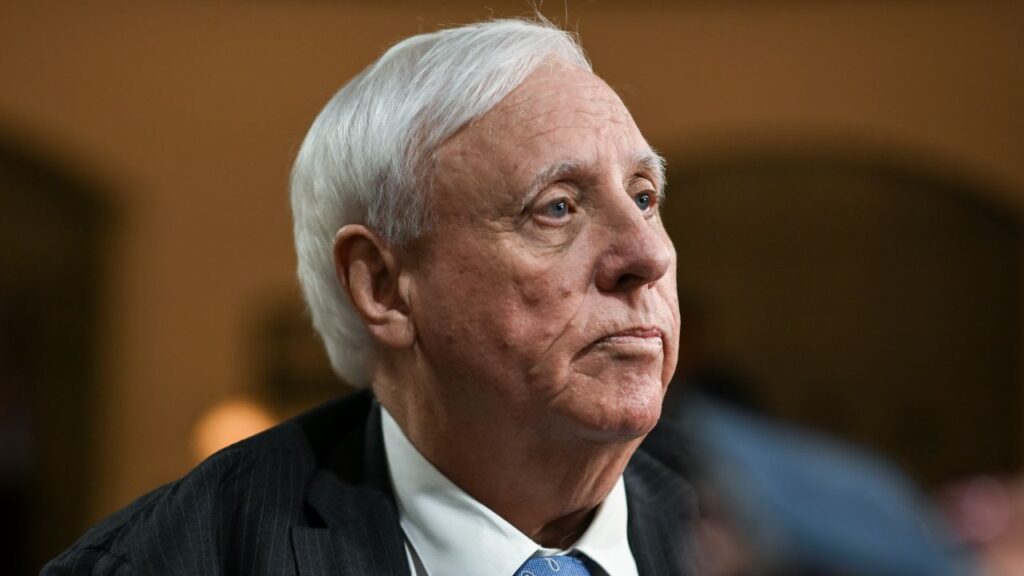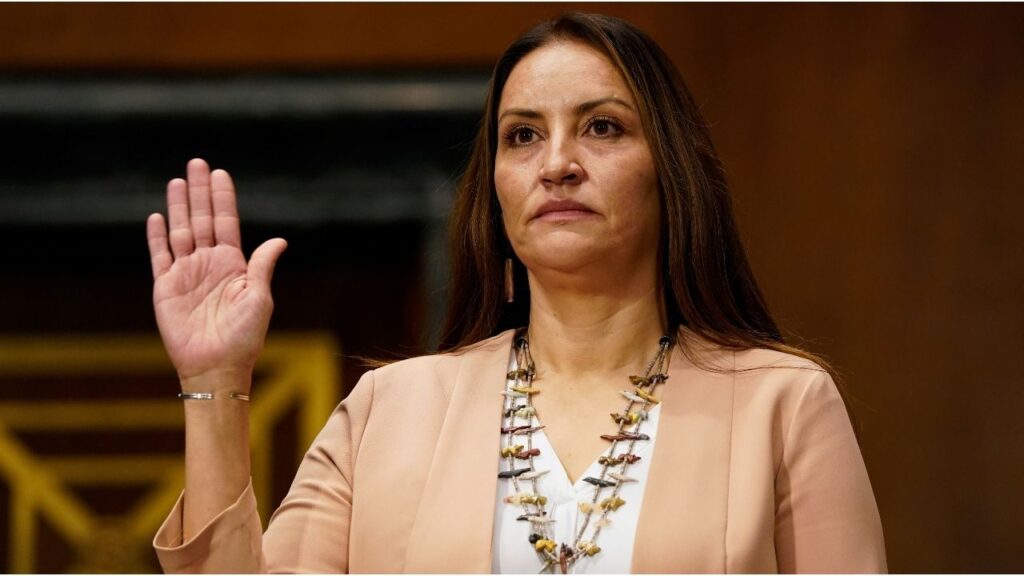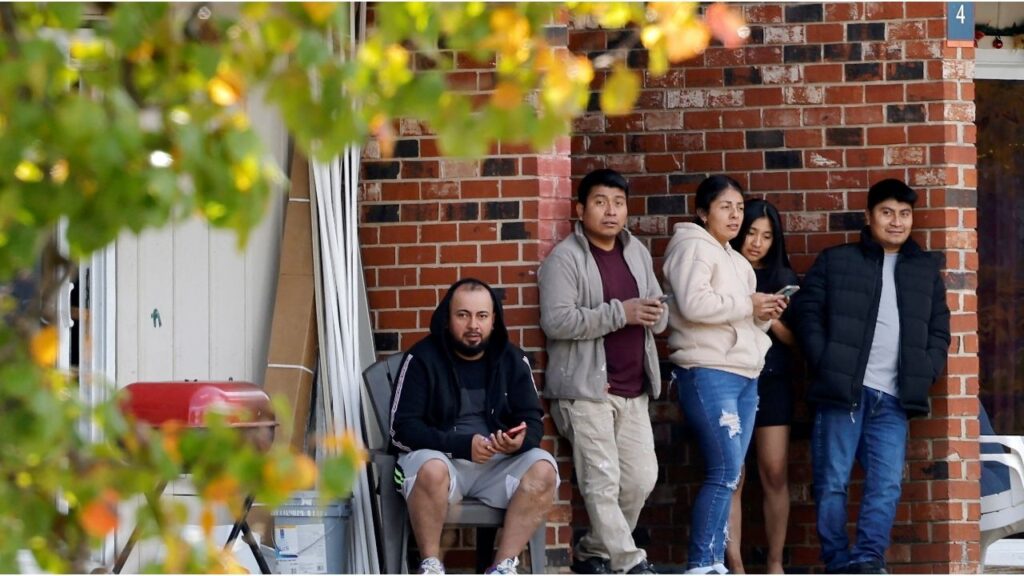Share
A great many farmers and ranchers identify with Paul Harvey’s iconic poem, “So God Made a Farmer,” but this time of year, I prefer the editorial from Francis B. Church, “Yes, Virginia, there is a Santa Claus.”

Pam Lewison
Opinion
Whether you read Paul Harvey’s poignant poem or Francis Church’s editorial to set the tone for your holiday season, both point to the need for belief and hope. Harvey wrote, “And on the 8th day, God looked down on his planned paradise and said, ‘I need a caretaker’ – so God made a Farmer.” Similarly, Church penned, “Yes, Virginia, there is a Santa Claus. He exists as certainly as love and generosity and devotion exist, and you know that they abound and give to your life its highest beauty and joy.” Both authors found inspiration in the small acts of others. For Harvey, it was touching on what he saw as the intrinsic values of farmers and ranchers. For Church, it was lacing together the “truth” about Santa Claus for an 8-year-old girl.
Whether its farmers or Santa, each have a place in the goings on this time of year.
If you’re around ag moms long enough, you’ll hear them joke about how Santa Claus could be a farmer because he doesn’t get paid, works late into the night, and spends more time with his livestock than with his wife. These comments are made in jest but, like the Harvey poem, they come from a place of experience.
For people outside agriculture, pickups, tractors, and land indicate material wealth. The economics of farming tells a different story. In 2022, California’s agricultural community $55.9 billion in production value. The production value can be better described as gross revenue – it is the value of products sold at market. This number should not be confused with profit. In 2022, it cost California’s farmers and ranchers $46 billion to own and operate their businesses.
While Santa crams his longest hours into a single night, agricultural workers stretch their longest work hours through the growing and harvesting months. Demands on farms and ranches often begin in the early part of the year, February or March, ramping up through the summer months, and peaking during harvests beginning in July and rolling through various crops until November.
‘Santa’s Wish List’ for Farmers
While much of agriculture is seasonal, the care of livestock is not. Livestock need to be fed, watered, and have veterinary care (when necessary) – meaning at least once-daily visits to the herd. Dairy cattle need even more care, requiring milking at least once a day, in addition to their other care needs. In the winter, animals living primarily outside need to have frozen water broken from them, additional feed when it is cold to generate body heat, and often closer observation to ensure respiratory or illness is not present in the herd.
As this year ends, there are things to put on the wish list for Santa to consider: better policy for our farmworker community, an understanding of how challenging the Climate Commitment Act gas tax is for our food producers, and the need for regulatory relief.
But there is also hope. Hope for expanded knowledge of how the agricultural community cares for the land, the water, and animals that are all intrinsic to its existence. Hope for more interest from young people in returning to the farms and ranches from which they came. Hope for a change of heart by people who oppose agriculture in our state.
As we make our way through this season, let us remember that believing in the unseen is not a foolish endeavor. Gifts appear under a tree and stockings are filled by an unseen hand just as people are fed and animals are cared for by nearly 1 million Californians no matter what the season may be.
About the Author
Pam Lewison is a farmer in Eastern Washington. She is also the Agriculture Research Director for the Washington Policy Center and a contributor to Pacific Research Institute.


















